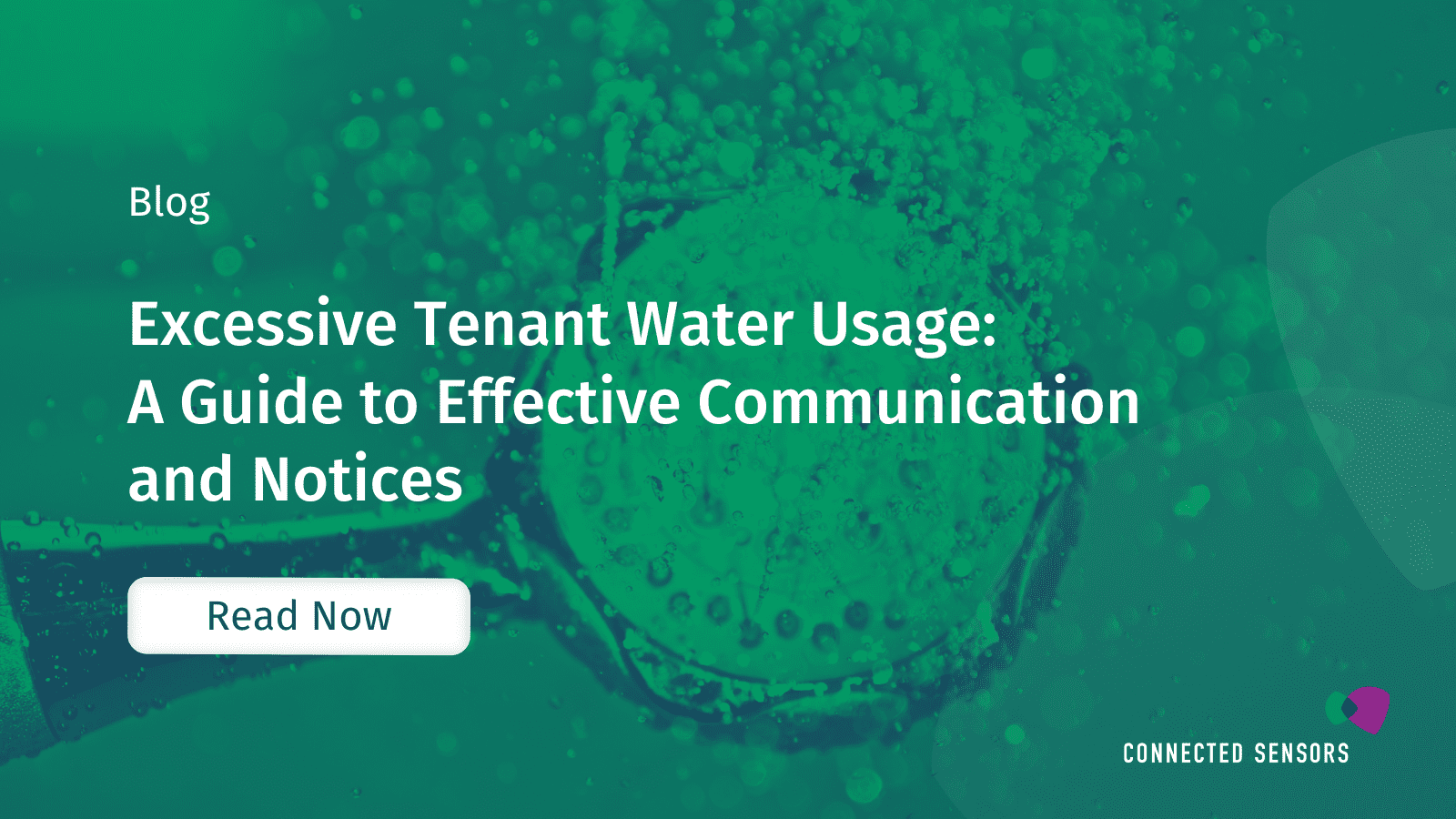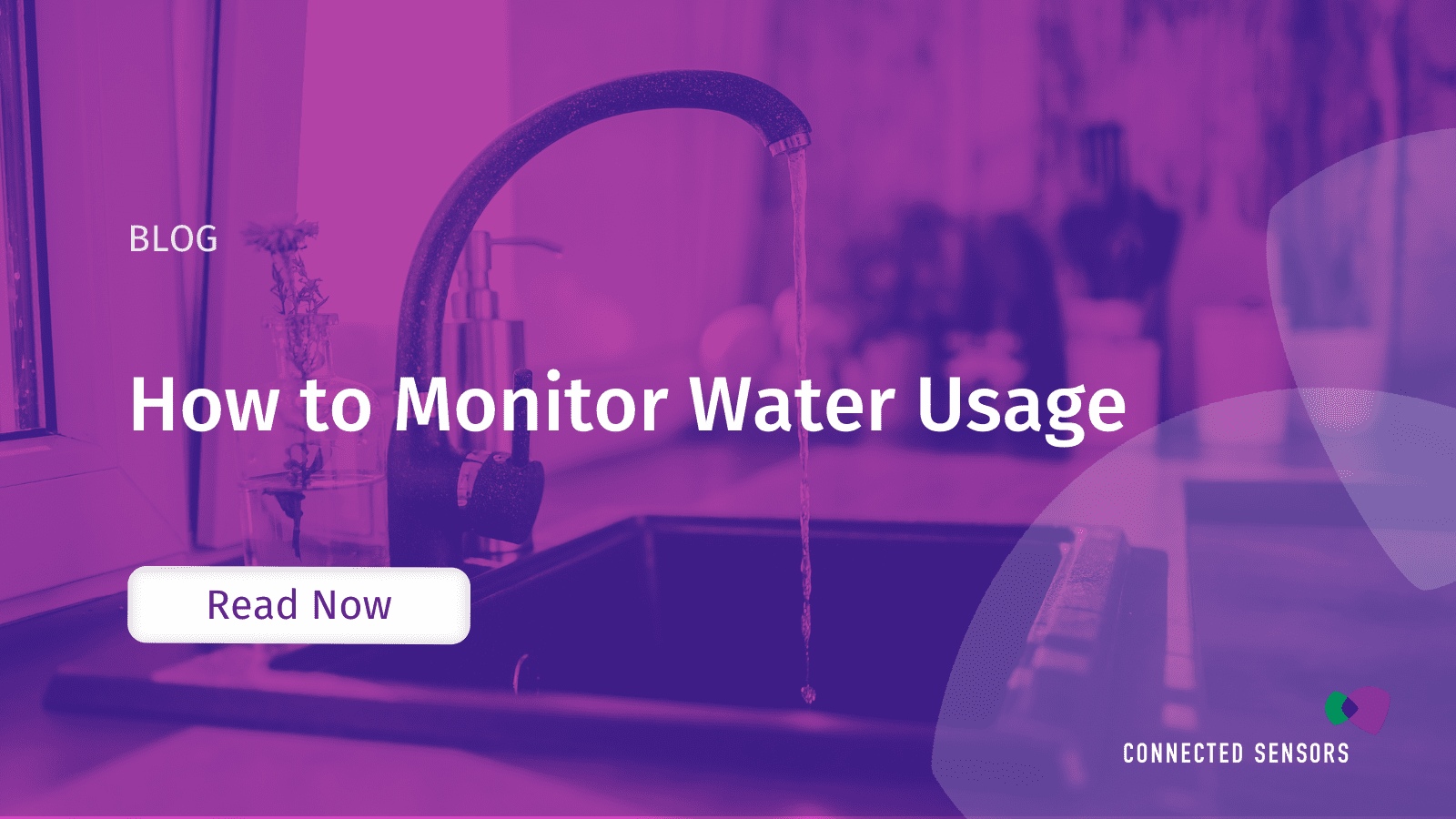





As the world grapples with the pressing need for sustainable solutions, net zero energy buildings (NZEBs) have emerged as a powerful strategy to combat climate change and reduce our ecological footprint. These cutting-edge structures are designed to produce as much energy as they consume, primarily relying on renewable energy sources. However, energy is not the only critical resource in the equation. Water, essential for life and a scarce resource in many regions, plays a pivotal role in the sustainability of these buildings.
This blog will explore the significance of net zero energy buildings, design principles, benefits, challenges, and the role of water monitoring and conservation in building a greener, more sustainable future.
Net zero energy buildings are innovative constructions that embrace energy-efficient designs and renewable energy technologies to balance energy consumption and energy generation harmoniously. While the primary focus of NZEBs is to achieve energy neutrality, their commitment to sustainability extends to other vital resources, particularly water.
Net-zero energy buildings are designed to maximize natural resources, such as sunlight, wind, and shading, to minimize energy demand. Passive design techniques optimize the building’s orientation, insulation, and ventilation, reducing the need for active heating and cooling.
Advanced technologies, such as energy-efficient lighting, appliances, HVAC (heating, ventilation, and air conditioning) systems, and smart energy management systems, are integral to the success of NZEBs. These systems help curtail energy consumption while maintaining comfort levels for occupants.
NZEBs harness renewable energy sources, such as solar, wind, geothermal, and biomass, to generate electricity on-site. The surplus energy produced during peak times can be stored for later use or fed back into the grid, creating a net-zero balance.
Water conservation is not just an afterthought for zero-net energy buildings but an integral part of their sustainability ethos. By combining innovative design, advanced water monitoring systems, and a range of water-saving measures, NZEBs demonstrate how responsible water management can go hand in hand with their mission to create a greener, more sustainable future.
NZEBs significantly reduce greenhouse gas emissions and dependency on fossil fuels, mitigating the impact of climate change. Promoting renewable energy adoption contributes to a greener and more sustainable planet.
While the initial construction cost of NZEBs may be higher, the long-term savings on energy bills offset the investment. Additionally, many governments and utility companies offer incentives and tax credits to encourage the development of NZEBs.
NZEBs are less vulnerable to fluctuations in energy prices and grid failures, providing greater energy security for occupants and communities.
The shift towards net zero energy buildings creates new job opportunities in renewable energy industries, thus bolstering the green economy.
Passive design strategies and energy-efficient systems create a more comfortable living and working environment while promoting better indoor air quality.
While net zero energy buildings offer numerous advantages, several challenges still hinder their widespread adoption:
The initial construction cost of NZEBs can be higher than traditional buildings due to the incorporation of advanced technologies and renewable energy systems.
Achieving net zero energy status demands meticulous planning, design, and integration of various systems, which can be challenging for architects and builders.
The feasibility of NZEBs depends on the local climate, available renewable resources, and building regulations, which may differ significantly across regions.
Storing excess energy and effectively integrating NZEBs into the existing grid infrastructure are complex tasks that require further advancements in energy storage technologies and grid management.
The success of NZEBs is contingent on the responsible behaviour of occupants, who must use energy wisely and avoid wasteful practices.
Effective water monitoring is crucial to ensure that NZEBs achieve their sustainability objectives. Here’s how water monitoring plays a pivotal role:
Water monitoring helps identify leaks and inefficient water fixtures, such as faucets or toilets. Addressing these issues promptly reduces the amount of water that needs to be pumped, lowering the energy required for water distribution.
A significant portion of energy consumption in buildings is attributed to heating water. By monitoring water usage patterns, NZEBs can optimize the operation of hot water systems, reducing the energy needed to heat water to meet actual demand.
Treating and processing wastewater consumes energy. By conserving water and minimizing wastewater generation, NZEBs reduce the energy-intensive process of treating and disposing of wastewater.
Water monitoring can identify suitable sources of greywater (e.g., from sinks and showers), which can be treated and reused for non-potable purposes like irrigation or toilet flushing. Utilizing recycled greywater reduces the demand for freshwater, leading to energy savings in water treatment facilities.
Collecting rainwater through monitoring rainwater storage tanks enables the use of this natural resource for non-potable purposes. Reducing the need for municipally treated water lowers energy consumption in water supply and treatment.
Water is often used for cooling purposes in HVAC systems. Efficient water monitoring and conservation measures help maintain the proper water levels and avoid unnecessary water usage, thus reducing the energy needed for cooling.
Appliances like washing machines and dishwashers can consume significant amounts of water and energy. Water monitoring can optimize usage and promote water-efficient appliances, leading to energy savings.
In NZEBs with green spaces, smart irrigation systems adjust watering schedules based on weather conditions and soil moisture levels. This targeted approach minimizes water wastage, subsequently reducing the energy needed to pump water for irrigation.
By incorporating water monitoring and conservation practices, NZEBs create a synergy between energy and water efficiency, enhancing overall sustainability and contributing to a more environmentally friendly and resource-efficient future.
Net zero energy buildings are symbols of hope for a sustainable future, showcasing how human ingenuity and technology can work harmoniously with the environment. In pursuing energy neutrality, it is crucial not to overlook the role of water monitoring and conservation. By implementing effective water monitoring systems and embracing water-saving practices, NZEBs can set new standards for sustainable building design and inspire a global movement toward responsible water management.
Take active steps toward your Net-zero Energy Building goals with our Smart Water Systems.
© 2023 All rights reserved